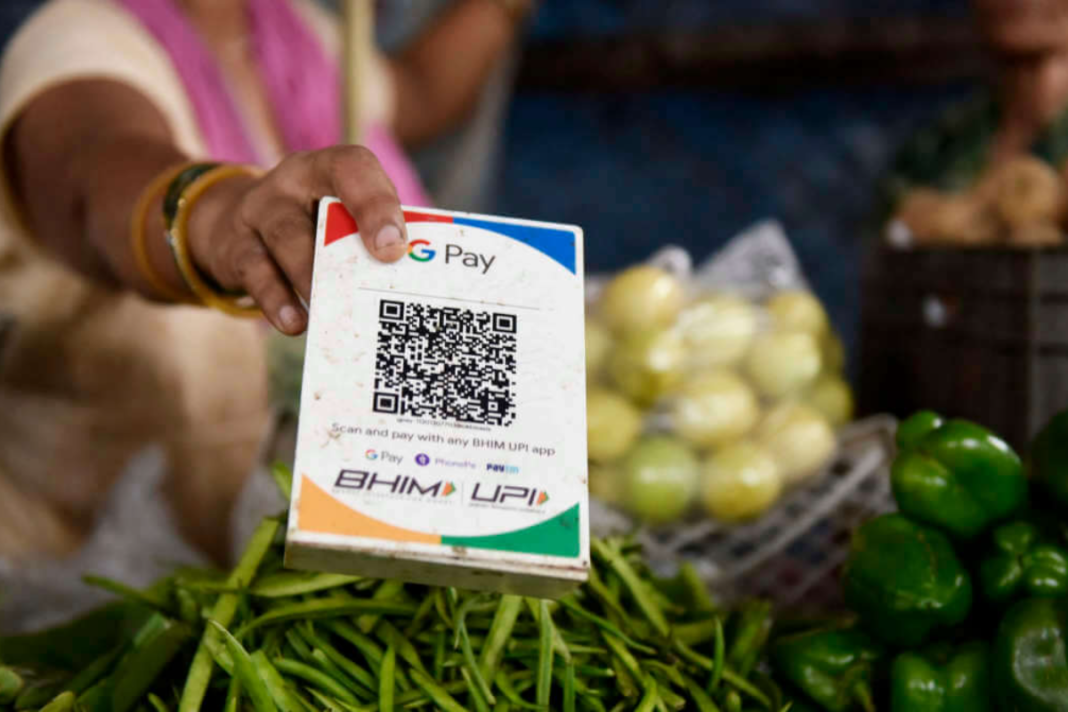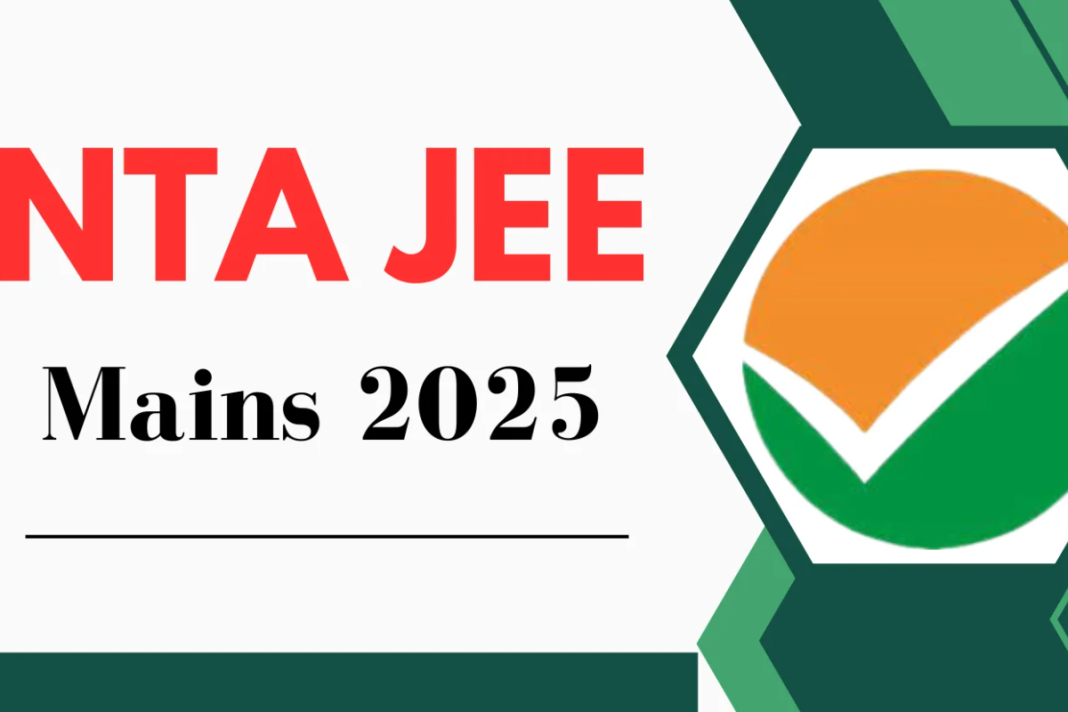The financial transformation in India is happening and in center is the Unified Payments Interface (UPI). It has been revolutionary and every 9 in 10 individuals in India are using it and it has streamlined transactions and brought cashless payments as a new normal. Whether it’s paying for groceries, splitting restaurant bills or handling high value business transactions, UPI has made digital payments seamless and accessible. In October 2024, UPI recorded a staggering 12.2 billion transactions reaffirming its dominance in India’s financial ecosystem.
The Rise of UPI and the Role of Demonetization:
UPI was introduced in April 2016 by the National Payments Corporation of India (NPCI) to unify bank transactions under one simple interface. However, the 2016 demonetization of old Indian 500 and 1000 rupees notes has provided a strong boost to UPI’s adoption as it created an urgent need for digital payment solutions. Given the lack of cash and high demand in exchanging new money, businesses and individuals turned to UPI triggering a major shift toward digital transactions. The growth of UPI over the years has been phenomenal.
The total transaction value surged from ₹1 lakh crore in 2019 to ₹139 lakh crore in 2024 reflecting a remarkable compound annual growth rate of 168%. Today more than 62% of India’s digital transactions happen via UPI making it the backbone of the country’s financial ecosystem.
One of the key reasons for UPI’s success is its simplicity. Users only need a mobile phone and a UPI ID to make transactions eliminating the need for card details or cumbersome banking procedures. This ease of use has enabled even small businesses, street vendors and rural populations to adopt digital payments. With innovations such as UPI Lite X for offline payments, “tap and pay” features and voice enabled transactions, digital payments continue to get more convenient.
Beyond India, internationalisation of UPI is growing. Countries like Singapore, the UAE and France have now incorporated UPI into their payment systems. It means it would now be easy to do cross border transactions. And this whole process just signifies the leading status of India in digital finance. Meanwhile, the recent introduction of a credit line on UPI by the Reserve Bank of India is going to further enhance its utility making access to credit faster and easier for millions.
The Cashless Future of India:
With continuous innovation and wide scale adoption of UPI payment is pushing India towards a cashless future. Days of carrying currency in the pocket or in the wallet are slowly coming to an end as digital payments are way easier, friendlier and safer. UPI will continue to be at the forefront of India’s financial revolution shaping a cashless economy with advancing technology and easy digital literacy.



